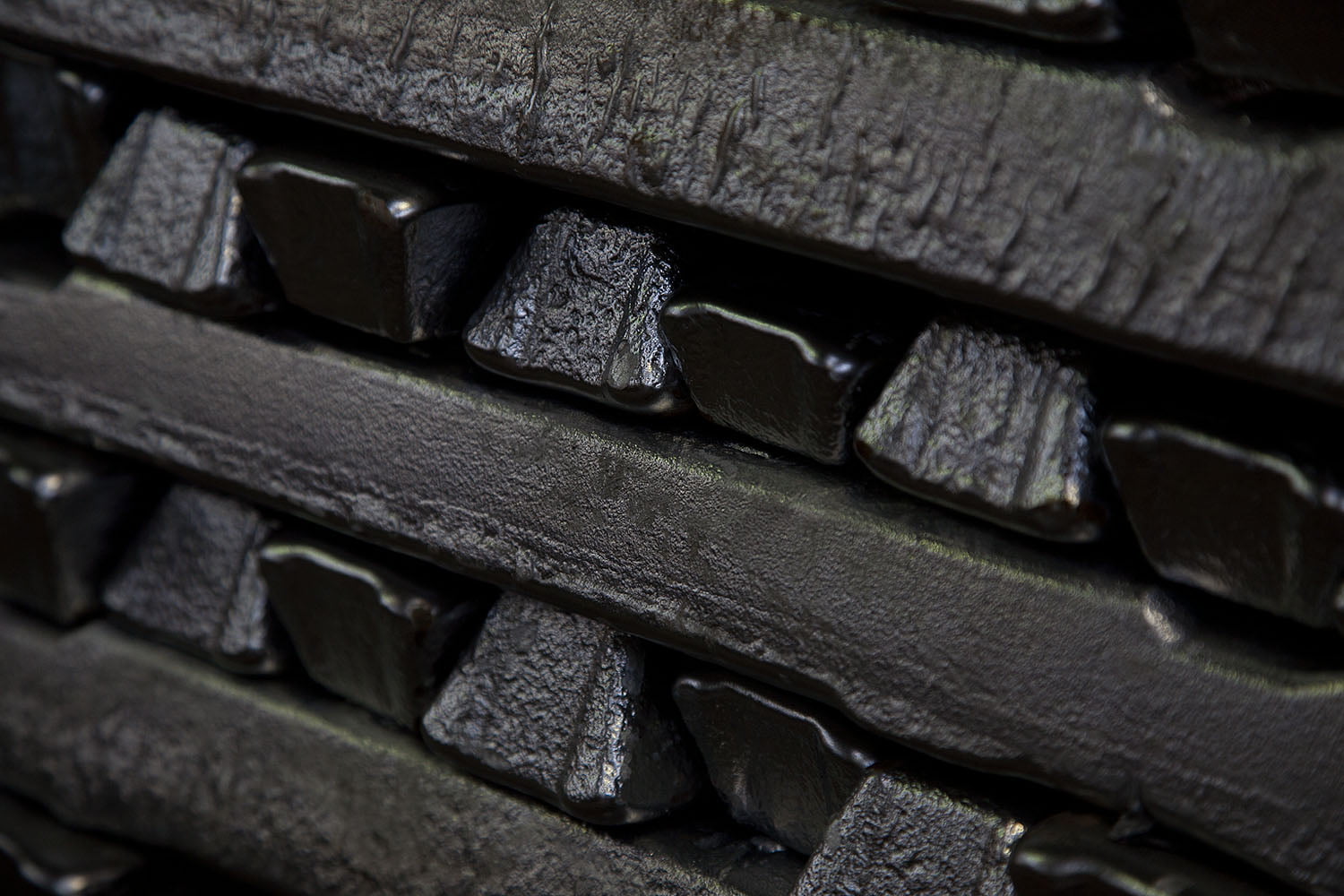Published - 10th Oct 2017

In the last 2 blogs, we looked back over the evolution of metal casting, from 3000 B.C. right through to the 19th Century.
In this third and final part, we explore the rapid expansion of metal casting during the 20th Century – against a backdrop of two world wars and at a time of huge technological advances.
The 20th Century saw dramatic changes in how people traveled – giving them opportunities to travel greater distances and explore new horizons, territories and cultures beyond their wildest dreams. No event epitomised this change more than the Wright Brothers’ first powered aircraft flight in 1903. Aluminium casting played an important role in this process and in the automotive sector more generally over the next few decades.
Alongside these developments, the 20th Century also saw numerous scientific advances. Many of these developments, such as radiography and computer modelling, would have important implications for the casting industry, as we shall discover.
1903 The Wright Brothers’ first successful powered aircraft features a cast aluminium block and crankcase – the first use of this material in aircraft construction. Lightweight aluminium will play an important role in aircraft design and development in the coming years.
1906 German chemist Alfred Wilm discovers that cast aluminium can be enhanced through heat treatment and age hardening.
1925 X-ray radiography is used to check casting quality for the first time. By 1940, all military aircraft castings must pass X-ray inspection testing prior to acceptance.
1940 Chvorinov discovers the relationship between casting geometry and solidification.
1944 The first heat-reactive, chemically cured binder is developed. This is used to rapidly produce mortars and artillery shells during World War Two.
Late 1940s Thermal sand reclamation is applied to core sands.
1953 The Hotbox method for core making is introduced. Cores are used in sand casting to create cavities that cannot be generated by patterns. The hot box method allows foundry engineers to prepare and cure cores in one operation, eliminating the need for dielectric drying ovens.
1968 The Coldbox process is developed, paving the way for high-production core making.
1980s to 90s The first use of computer software in foundries to optimise the casting process (namely solidification software). This is followed by 3D computer visualisations, rapid prototyping and CAD/CAM technologies. In the 1990s, casting simulations are developed to control distortions, reduce residual stress and eliminate defects, such as cracking.
And what about today? Metal casting continues to have an impact on industrial applications and everyday items in the world all around us.
By the turn of the 21st Century, it was estimated that cast metal products had found their way into 90 percent of manufactured goods and equipment, from surgical equipment through automobile parts and aviation technologies[1]. Indeed, it is often said that you are never more than 10 feet away from a casting.
Looking ahead, the demand for increasingly complex and lightweight castings will only increase to keep up with the rapid pace of technological change.
Haworth Castings is a family business that specialises in aluminium sand castings. For further details, please call us today on +44 (0)1794 512685 or email us: sales@haworthcastings.co.uk
Main sources of historical information:
Muhammad Azhar Ali Khan, Anwar Khalil Sheikh, Bilal Suleiman Al-Shaer, Evolution of Metal Casting Technologies: A Historical Perspective, (2017)
Harold M. Cobb (editor), Dictionary of Metals (2012)
AFS Technical Department, Timeline of Casting Technologies
[1] US Department of Energy, Office of Industrial Technologies, ‘Energy and Environmental Profile of the U.S. Metal Casting Industry’, 1999
If you have a project, talk to our experienced sales team
Contact us